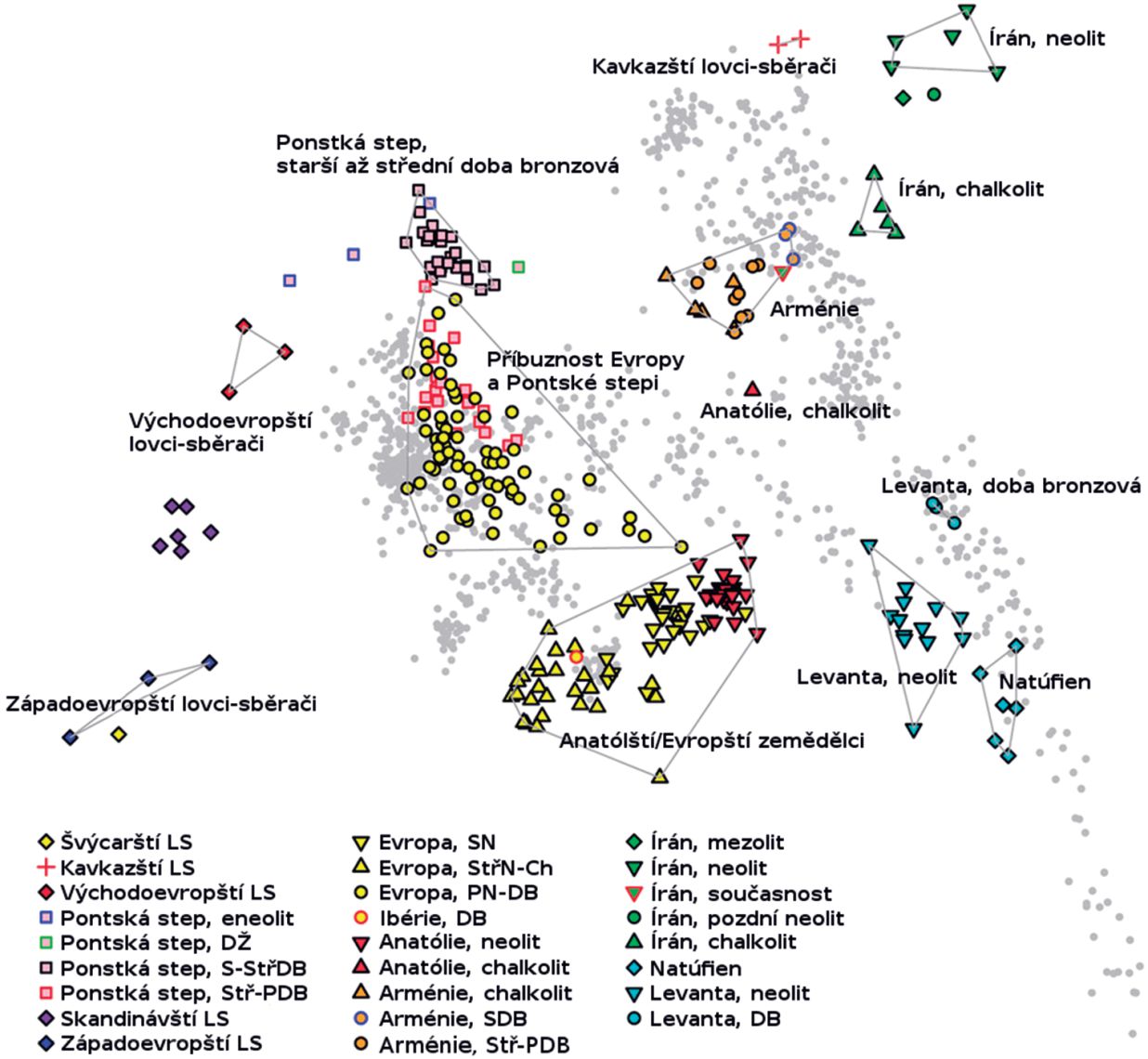Review of the population genetics of European prehistory
DOI:
https://doi.org/10.35686/AR.2017.20Keywords:
population history, archaeogenetics, DNA, migrationAbstract
History of human populations (changes in the number of inhabitants and their origin) represent one of the domains of biological anthropology, or more precisely archaeogenetics. The recent decade has seen significant advances in molecular-genetic and biostatistical methods that allowed reconstruction of demographic changes in past populations in different parts of the world. At the time of development of genetic methods for reconstruction of prehistory, we had at our disposal a limited number of samples enabling us to study only certain parts of human genetic variability, while today we find ourselves in the era of genomics, and we should therefore rather refer to archaeogenomics, working with incomparably bigger amount of data and achieving far more reliable results. Furthermore, there is no doubt that the upcoming periods will complete the population history reconstruction, e.g. with new knowledge achieved in the fields of epigenomics and microbiome. This article nonetheless aims to present in a reader-friendly way the recent results of genetic studies of European prehistory, which together with the cultural history give a more complete picture of our shared yet unwritten past.
Downloads












